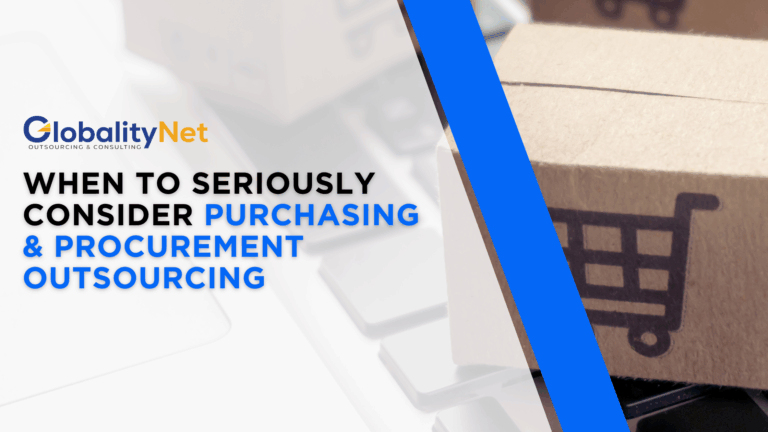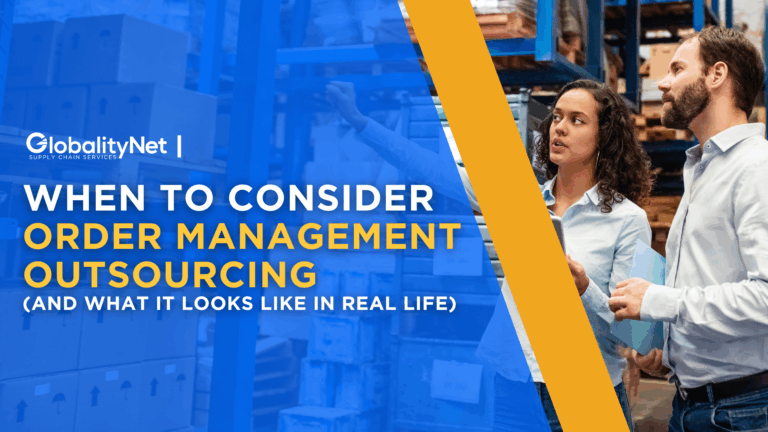You’ve negotiated the “best” price. You’ve signed the contract. You’ve even patted yourself on the back for cutting costs. But here’s the uncomfortable truth: your supplier relationships might be silently bleeding your business dry.
It’s not just about price—it’s about trust, communication, and the ability to pivot when things go wrong (and they will go wrong). I’ve seen businesses lose thousands because their “reliable” supplier:
- Suddenly changed lead times without warning.
- Shipped inconsistent quality, forcing costly rework.
- Left them stranded during demand spikes because they prioritized “bigger” clients.
If this sounds familiar, your sourcing strategy isn’t broken—it’s just missing the human factor.
The Myth of the “Perfect” Supplier
Many businesses treat suppliers like interchangeable parts—find the cheapest one, squeeze them on price, and move on. But the real magic happens when you build partnerships, not transactions.
Take a bakery client of ours. They used to chase the lowest flour price, jumping between suppliers every quarter. The result? Inconsistent dough quality, delayed deliveries, and wasted hours fixing problems. Then they switched to a slightly more expensive (but collaborative) supplier who:
- Gave them early warnings about wheat price hikes.
- Adjusted orders seamlessly during holiday rushes.
- Worked with them to improve packaging efficiency.
Their “costlier” supplier saved them 12% annually just by reducing waste and downtime.
The Outsourcing Illusion (And How to Do It Right)
Outsourcing sourcing doesn’t mean handing off responsibility—it means leveraging expertise you don’t have in-house.
Example: A small fashion brand struggled with fabric sourcing until they partnered with a specialist who:
- Knew which mills had ethical labor practices (avoiding PR disasters).
- Predicted cotton shortages months in advance.
- Negotiated bulk discounts they couldn’t get alone.
The lesson? Outsourcing works when you outsource to the right people.
Where Most Businesses Go Wrong
- They don’t audit beyond price. A supplier’s financial stability, backup plans, and communication speed matter more than a 5% discount.
- They ignore red flags. Late samples? Excuses about delays? Those aren’t quirks—they’re warnings.
- They don’t plan for disasters. A single port strike or raw material shortage can paralyze you unless your supplier has contingencies.
How to Fix It (Without Micromanaging)
- Start small. Test a new supplier with one product line before committing.
- Demand transparency. Ask for real-time updates, not just PDF reports.
- Work with sourcers who speak your language. The best ones explain risks in plain terms—no jargon.
Why This Matters for You
At GlobalityNet, we’ve helped businesses turn supplier chaos into a competitive edge—not by pushing random vendors, but by matching them with partners who align with their goals. Because sourcing shouldn’t be a gamble. It should be a strategy.
Want to see how it works? Let’s talk—no pitch, just practical insights. Because your supply chain should save you money, not cost you sanity.










